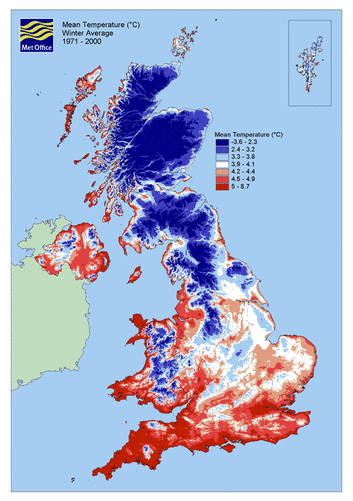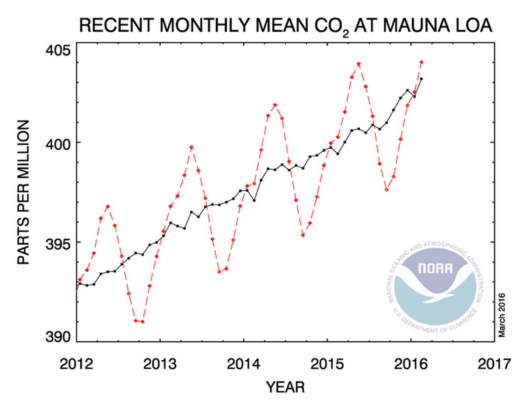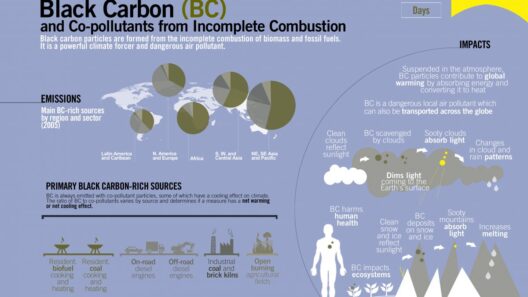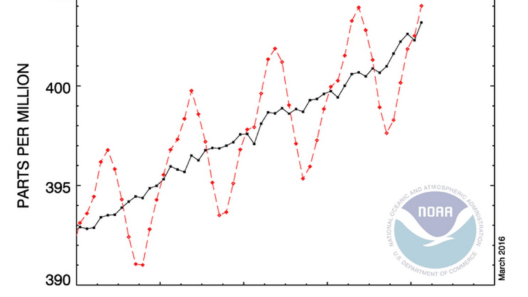Artificial intelligence (AI) is often heralded as a transformative technology that possesses the potential to improve efficiency, enhance productivity, and alleviate various societal challenges. However, it is crucial to scrutinize the environmental implications of this digital age. While AI can certainly contribute to sustainability initiatives, an examination of its underlying mechanisms reveals that it may also exacerbate the climate crisis. This article delves into how AI contributes to global warming, discussing the environmental costs associated with the technological advancements that promise progress.
To understand AI’s impact on global warming, it is essential to first consider the energy demands associated with its development and deployment. The computational power required for AI applications, particularly those leveraging deep learning algorithms, is formidable. Training complex AI models necessitates extensive processing capabilities and vast data storage solutions. As a result, data centers—central repositories for information and computational resources—have commenced their relentless expansion. These centers operate around the clock, consuming colossal amounts of electricity primarily derived from fossil fuels, which in turn releases substantial quantities of carbon dioxide and other greenhouse gases into the atmosphere.
One notable instance of this energy consumption is the training of large language models, which has garnered significant attention. Researchers at various institutions have demonstrated that training these models can emit as much carbon dioxide as the lifetime emissions of several cars combined. The reliance on electricity from non-renewable sources makes this trend particularly alarming, as it indicates a growing contradiction between technological advancement and environmental responsibility.
Another layer of complexity emerges when considering the hardware that facilitates AI’s operation. The production of semiconductors and advanced computing systems often involves energy-intensive processes. The extraction and processing of raw materials, such as rare earth elements, have environmental repercussions that are frequently overlooked. Mining practices contribute to habitat destruction, soil degradation, and water pollution, further exacerbating the ecological crises we face today. The lifecycle of these materials underscores the hidden costs of technological progress, revealing a Faustian bargain: the pursuit of innovation against the backdrop of environmental degradation.
Moreover, AI-driven technologies are increasingly deployed in industries that are traditionally seen as environmentally burdensome, such as agriculture and manufacturing. While AI offers the potential for enhanced efficiency and reduced waste, it also invites new mechanisms for over-exploitation. Consider precision agriculture, where AI algorithms optimize fertilizer usage and irrigation patterns for crops. While this responsiveness can improve crop yields and reduce input waste, it simultaneously risks consolidating large-scale agricultural practices that contribute to monoculture and biodiversity loss. The focus on maximization of outputs often overshadows the necessity for sustainable practices that promote ecological balance.
The pervasive nature of AI across various sectors leads to a paradox—an increase in technological reliance may not correlate with a decrease in environmental harm. For instance, AI is utilized in the logistics sector to optimize delivery routes, which ostensibly reduces fuel consumption. Yet, the very efficiencies gained can engender increased demand for rapid delivery services, subsequently leading to greater numbers of vehicles on the road and elevated emissions. This phenomenon is indicative of a rebound effect, where improvements in efficiency provoke concomitant increases in demand and ultimately counteract potential environmental benefits.
Moreover, the AI industry’s relentless pursuit of data to fuel algorithmic performance further complicates its environmental footprint. Collecting, processing, and storing vast quantities of data necessitates continuous energy input. From user-generated content such as photos and videos to sensor data from IoT devices, the sheer volume generates additional pressures on data centers and the energy grid. This relentless appetite for data underscores an insatiable cycle where digital progress precipitates increased energy consumption, contributing to global warming.
Despite these challenges, a ray of hope persists. As awareness grows regarding the environmental consequences of AI, stakeholders from corporations to policymakers are beginning to explore innovative solutions. The transition toward green computing—where energy-efficient practices are paramount—promises to mitigate some of the adverse effects associated with AI. Research into developing carbon-neutral data centers, the implementation of renewable energy sources, and adopting low-energy algorithms are crucial steps in diminishing the environmental impact.
Furthermore, AI can itself play a role in combating climate change. Through predictive analytics, machine learning can optimize energy usage, enhance resource management, and facilitate more sustainable practices across various sectors. The integration of AI in climate modeling and environmental monitoring holds the promise of precise and responsive strategies to mitigate the climate crisis. This dual role of AI—as both a contributor and a potential solution—invites a nuanced discussion about the technology’s place in our sustainable future.
Ultimately, grappling with AI’s environmental costs compels us to reevaluate our relationship with technology. The journey towards a sustainable future necessitates a conscientious approach to AI development, where ethical considerations surrounding environmental impact are paramount. By striving for a paradigm shift that prioritizes ecological integrity alongside technological innovation, society can better harmonize the promise of digital progress with the urgent need to combat climate change.
In conclusion, while AI has the potential to revolutionize our world, it carries an environmental burden that cannot be ignored. The intersection of technology and climate change presents a complex landscape, necessitating vigilance and proactive measures. As we forge ahead, a collective commitment to sustainable practices—rooted in understanding and mindful implementation—will be essential in ensuring that the digital revolution does not come at an untenable cost to our planet.








